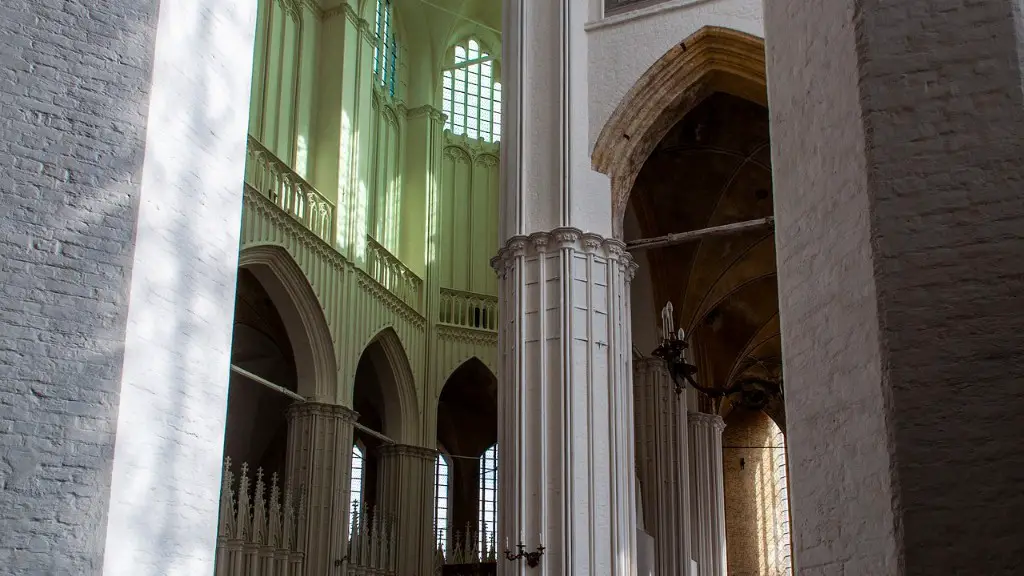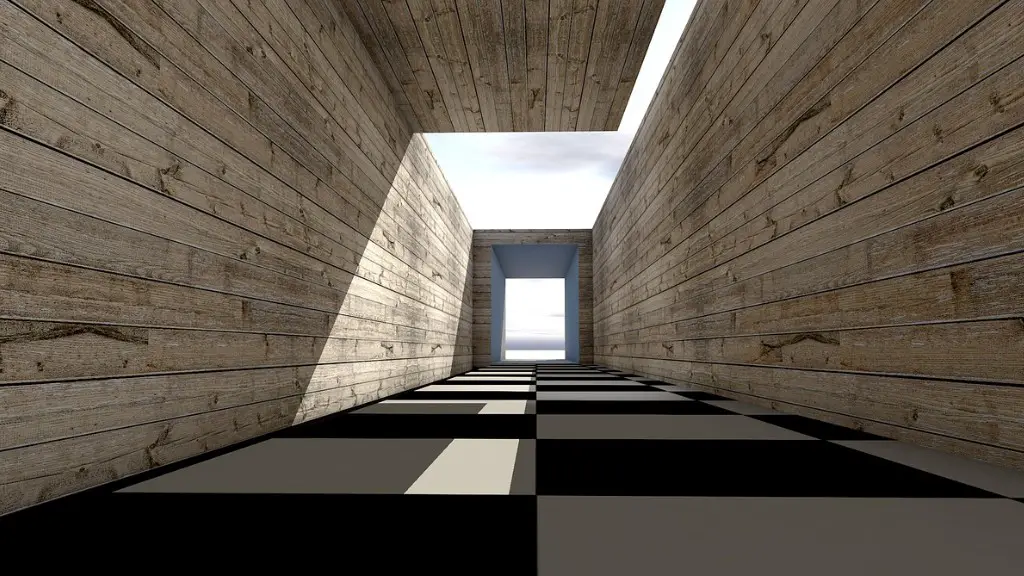Definition of a Clerestory
A clerestory is a particular type of feature in architecture, typically seen in churches and other religious buildings. It is a high storey or section of a wall, above the roof of the building, that consists of a row of windows. The clerestory’s purpose is to allow natural light to flood into the main area of the building.
Clerestory windows are often seen in churches and other religious buildings, but this is not their only purpose. They can also be used to light up other types of buildings, such as schools, offices and factories.
Purposes
Clerestory windows were originally used in churches and other religious buildings during the Medieval period, when religious leaders wanted to provide natural light to worshipers.
Today, they are still popular among many churches and other religious buildings and are also seen in other types of buildings, such as schools, offices, and factories.
Clerestory windows can be used to highlight the design of a building, and they have several practical benefits. They can help to make a room brighter, which can make it easier to read or work in. They can also save energy by providing natural light, which can reduce the need for artificial lighting.
Design
The design of a clerestory is typically very simple. It consists of a row of windows along the top of the high storey of the building. The windows are usually set into a wall at the top of the building, and the area between the windows and the ceiling is enclosed.
Clerestory windows are often quite narrow, with small panes of glass, but they can also be made large and grand-looking. They can also be placed above existing windows or doors to help bring in more light.
Historical Significance
Clerestory windows are a very old feature in architecture, and they have a long history. The very earliest examples of clerestory windows date back to Ancient Rome, where they were used to bring light into the public baths.
In Medieval times, when churches were the main type of religious buildings, clerestory windows were used to bring light into the naves and aisles of churches. This also helped to provide heat during winter, which was important in colder climates.
Law and Regulations
When it comes to installing clerestory windows, there are usually building codes and regulations that need to be followed. This is to ensure that the structure is strong enough to hold the windows and that the windows are placed in the right position to make the most of the natural light.
In some cases, it may be necessary to get permission from the local authority before installing clerestory windows. It is important to check with the local authority before beginning any work on the project.
Popularity in Modern Architecture
Despite its long history, clerestory windows remain popular in modern architecture. They are widely used in churches, office buildings, and other types of buildings. They are also popular in residential homes, where they are used to bring natural light into dark areas of the house.
Clerestory windows are a great way to introduce natural light into a building, and they can be used to make a room look more spacious and inviting. They are also a great way to reduce energy costs, as they can reduce the need for artificial lighting.
Environmental Benefits
Aside from the aesthetic and practical benefits of clerestory windows, they can also have an environmental impact. As they provide natural light, they can reduce the need for artificial lighting, which can save energy and help to reduce the impact of global warming.
Clerestory windows can also provide some ventilation to a room by allowing fresh air to circulate, which can help to improve air quality and reduce the risk of mold and mildew in the home.
Cost and Installation
The cost of installing clerestory windows can vary depending on the size and complexity of the project. In some cases, it may be necessary to hire a contractor to handle the installation.
In general, the cost of a clerestory window installation is quite affordable and can be a great way to bring natural light into a building at a low cost.
Benefits and Drawbacks
Clerestory windows are a great way to bring natural light into a building and can have several aesthetic, practical, and environmental benefits. However, there are also some drawbacks that need to be taken into account.
For example, the small panes of glass used in many clerestory windows can make it difficult to keep the window clear and clean. In addition, the extra height of the windows can make it harder to reach and open the windows from the inside.
It is also important to consider the safety aspects of installing clerestory windows. Making sure that the window is secure and properly installed is crucial to avoid any potential risks.


